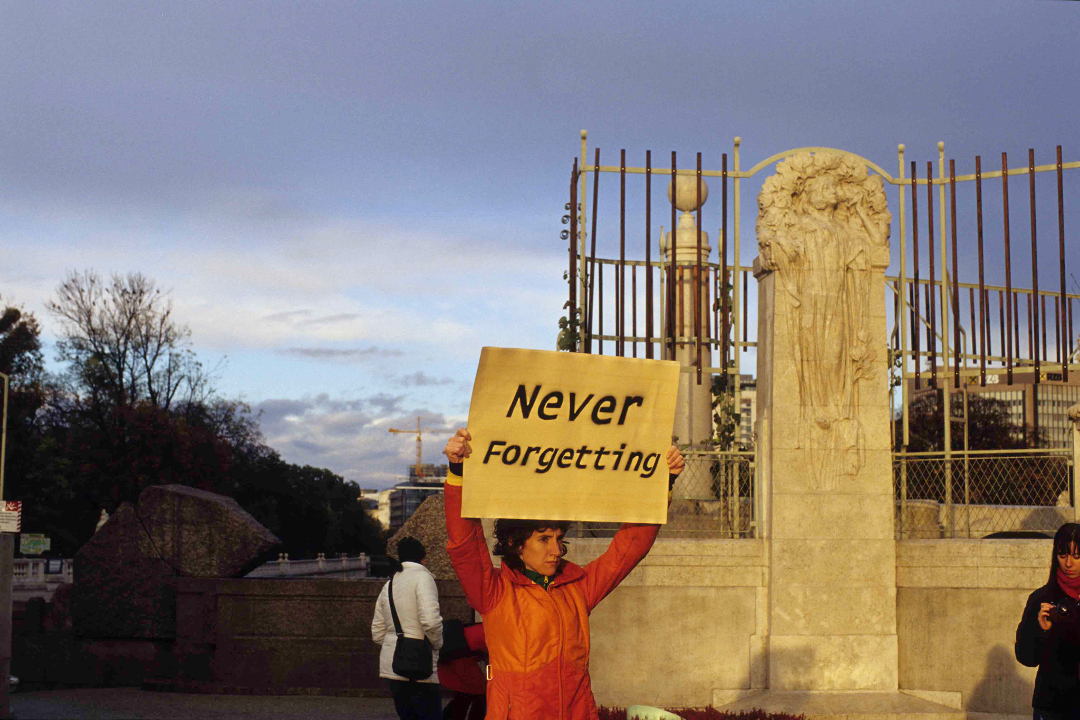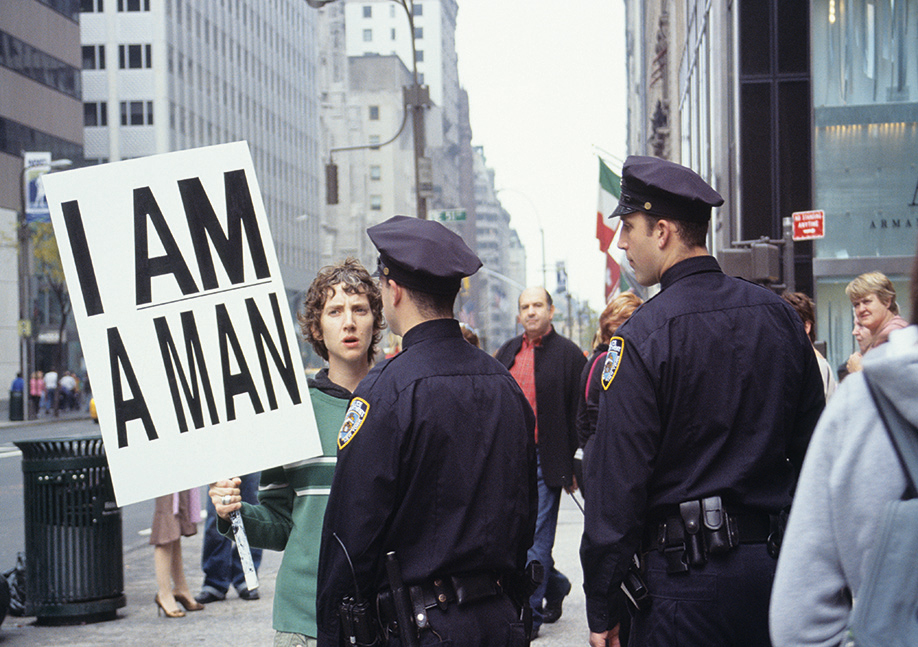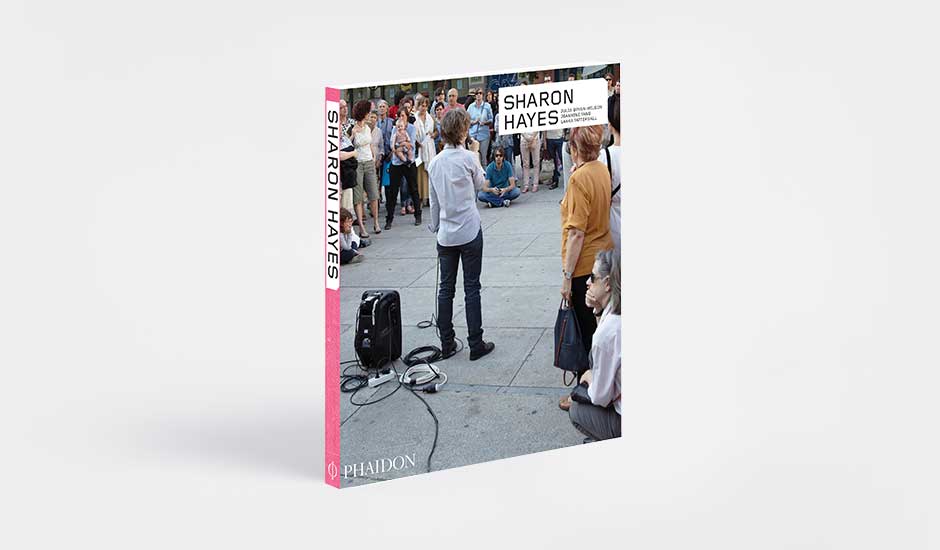
What is Sharon Hayes trying to tell us?
Discover how this contemporary artist uses vintage protest to open up new possibilities
Why might someone, in New York City in 2010, choose to stand and read aloud a 1904 speech by the lesbian feminist activist Anna Rüling entitled ‘What Interest Does the Women’s Movement Have in Solving the Homosexual Problem’?
What drives the same person, in 2005, to stage a one-woman protest in New York City, waving outdated placards bearing such lines as ‘Who approved the Vietnam War?’ or ‘I Am A Man’ - a slogan first used at a strike by African American sanitation workers in Memphis back in 1968? Indeed, what drives the same person to, in 2004,to recite all 36 of President Ronald Reagan’s addresses to the nation – in a performance that lasted ten hours?
In a word: art. The American contemporary artist Sharon Hayes doesn’t paint or sculpt, but instead blends performance, film and social engagement into a remarkable body of work.

As an undergraduate, Hayes studied journalism and anthropology, but, as Professor Julia Bryan-Wilson points out in our book - the first to comprehensively cover Hayes’s work - she soon grew disillusioned with both disciplines’ limits.
"I realised that performance allowed me to entertain all the curiosities of journalism and anthropology without the limitations that I experienced in the practice of either," Hayes later explained.

Hayes's plays, films, banners and performances aren’t nostalgic attempts to recreate old, noble struggles, the artist is keen to point out, but instead to change the way we think about things today.
“In my work, I return to specific political texts to very specifically reinsert them into a present discourse,” she explains, “making a separation between myself as a biographical speaking subject and the words that I speak.”
As it turns out, the relationship between feminism and gay rights is probably just as fraught today as it was at the beginning of the 20th century; Vietnam remains a blot on American governance; and Hayes’s placard asserting ‘I Am a Man’ raises questions of gender and sexuality that are far from settled in public discourse.
Yet Hayes’s interest doesn't end there. As art historian Jeannine Tang puts it in our book, Hayes’s work also investigates how, through the speeches and protests she repurposes, we all produce "categories of public knowledge such as official history, historical memory, women’s experience, public opinion, and their corresponding subjects of a citizen, witness, public entity or person.”

Keen to find our place in Hayes’s art? Then order a copy of our new book on her here, the latest addition to our popular Contemporary Artist Series.